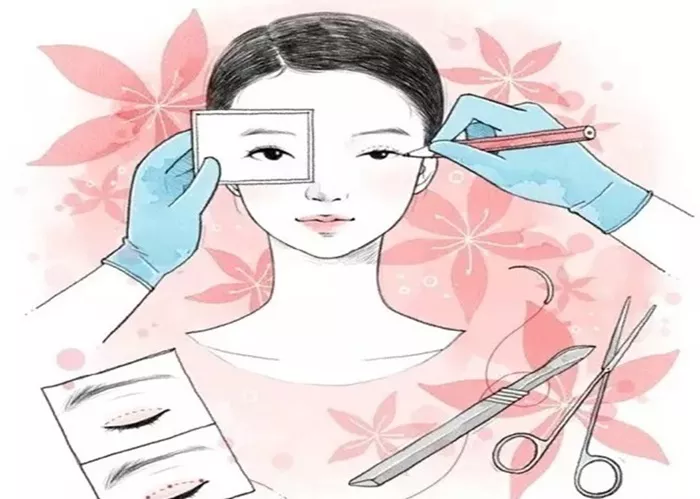Plastic surgery has become a popular option for individuals seeking to enhance their appearance. However, one aspect that often concerns patients is scarring. Most plastic surgery procedures result in some form of scarring, and patients frequently gauge the success of their surgery by the visibility of these scars. While scarring is an inevitable consequence of surgery, there are numerous strategies available to minimize their prominence.
A multitude of factors can impact the color of scars after surgery. Genetics play a significant role, as they influence an individual’s natural healing process and the way the body responds to injury. Skin tone also matters, as different skin types may scar differently. Sun exposure can darken scars, making them more noticeable, while proper wound healing is crucial for reducing scarring. Scar tension, the type of sutures used during the procedure, the nature of the surgery itself, the presence of infection, nutrition, vitamin and mineral levels, and the type of postsurgical scar treatment all contribute to the appearance of scars.
One of the most common issues related to scarring after surgery is scar discoloration. In the initial months following a procedure, patients may notice that their scars appear darker than the surrounding skin. Fresh scars often exhibit characteristics such as redness, darkness, raised texture, or roughness as they heal. It’s important to note that some scars can take up to 18 months to fully mature. When a scar has fully healed and a patient is still dissatisfied with its appearance, scar revision becomes an option. Although scars can never be completely eradicated, both surgical and non – surgical methods can be employed to make them less obvious.
The darkening of scars can occur due to several common processes. Extra pigment, or scar hyperpigmentation, happens when the skin produces an excess of melanin in the scar area. This can be long – lasting and, in some cases, permanent. Skin – lightening creams or exfoliating peels can be effective treatments to reduce this discoloration. Bruising, or hemosiderin discoloration, may occur as a result of bleeding or bruising under the skin, commonly seen in areas like the lower eyelids, face, and lower legs. Lasers or exfoliation therapy can help these scars fade over time. Skin color differences, also known as skin mismatch, can make scars more noticeable, especially in areas with natural variations in skin tone, such as the armpits, breast fold, or inner thighs. In procedures involving the removal of large amounts of skin, like tummy tucks, thigh lifts, arm lifts, or breast surgeries, this can lead to significant scar visibility. A combination of skin lighteners, exfoliative treatments, surgery, or lasers may be used to address this issue. Redness, or post – inflammatory hyperemia, is common in new scars. Plastic surgeons must be able to distinguish between normal scarring and persistent inflammation that could potentially lead to keloid formation. The pulsed dye laser is considered the gold standard for reducing redness and discoloration caused by inflammation.
Scar discoloration is influenced by a variety of factors, some of which are within a patient’s control and others that are not. Genetics often have a profound impact on how a person scars after surgery. However, patients can take steps to promote better scar healing and reduce visibility. Maintaining a balanced diet, avoiding excessive stress or tension on the incision line, reducing microbial contamination, minimizing direct sun exposure, and following the specific guidelines provided by their plastic surgeon for their particular surgery are all important.
If, after the scar has fully healed, a patient remains unhappy with its appearance, a range of treatments are available to help improve its look. It is essential for patients to have a detailed discussion with their plastic surgeon to explore the most suitable treatment options for their individual circumstances.
This article was co – authored by Levon Karamanoukian and Jun Yun. It should be noted that the views expressed in this article are those of the authors and do not necessarily represent the opinions of the American Society of Plastic Surgeons.
- Defyne MD Unveils Fat Grafting Breakthrough
- Doja Cat’S Plastic Surgery Disaster: Asks Fans Not To Notice
- Paris Hilton Reveals The Plastic Surgery She’s Had


